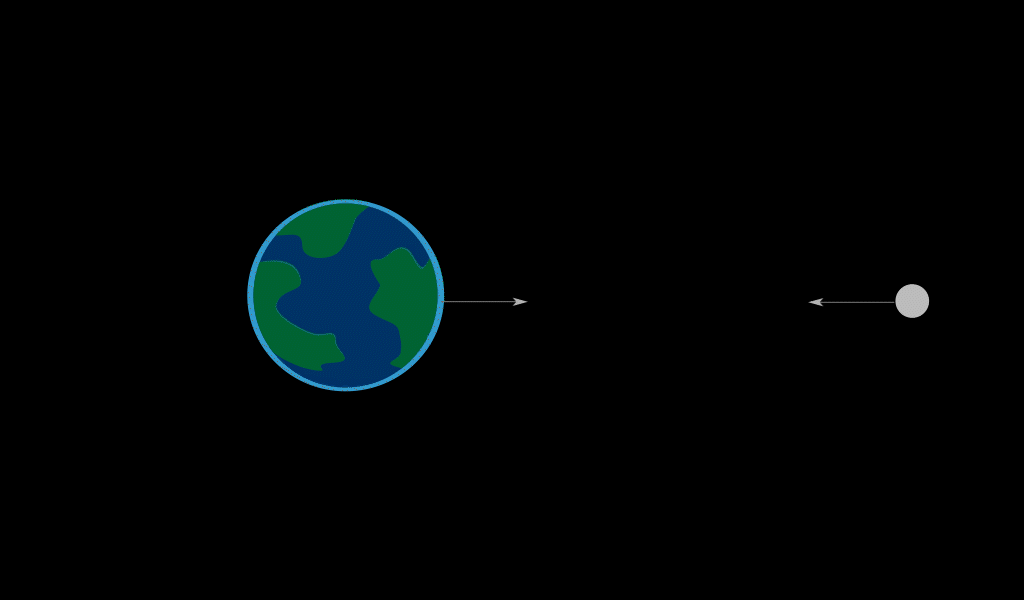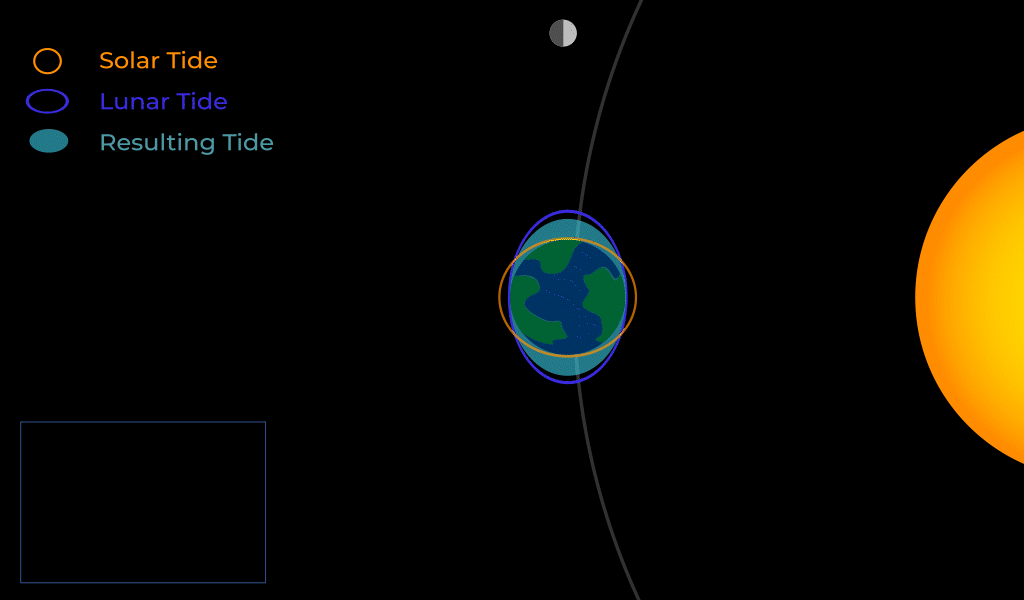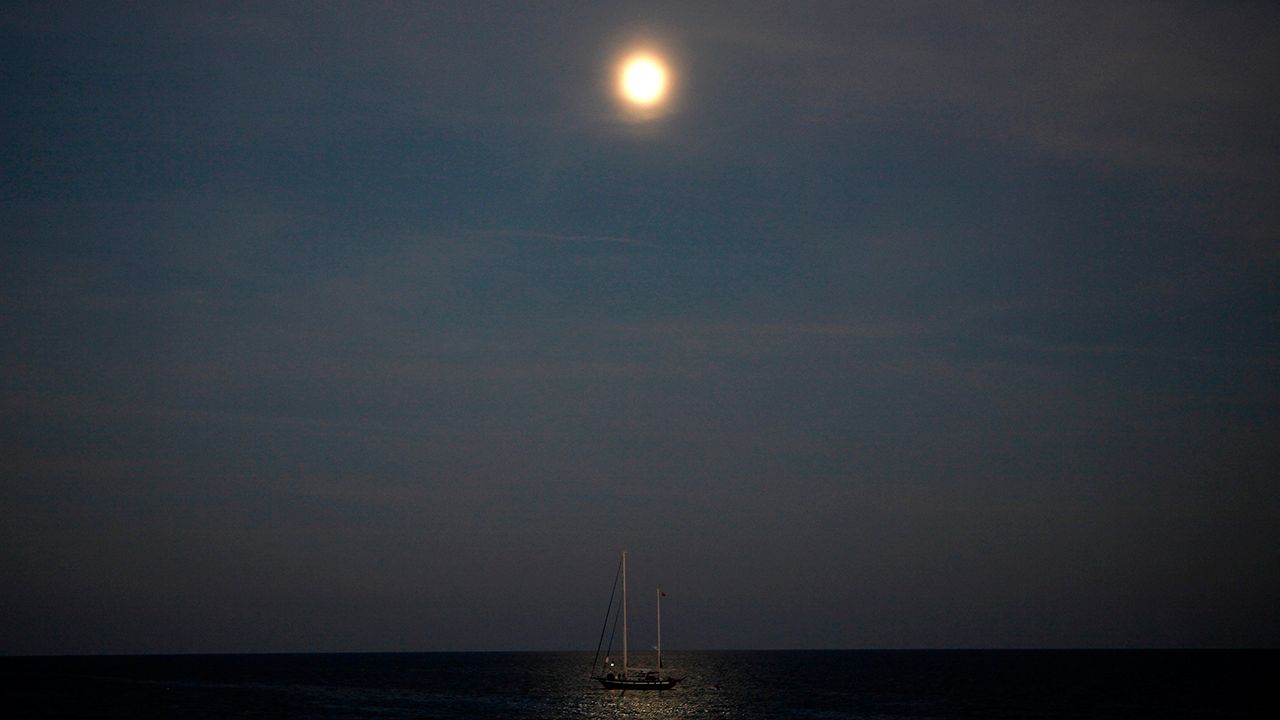If you soak in the sun from the same spot on the beach all day, you might notice the water retreating from you or inching closer.
This is the tide changing throughout the day, and it’s all possible because of the moon and the sun.
According to NASA, when you see high or low tide, you’re seeing a change in the distribution of Earth’s oceans.
The Moon’s gravity pulls at the Earth and shifts its mass, elongating the Earth at the equator and shortening it at the poles.
The change in mass is extremely subtle, but it has big impacts. It sort of "squeezes" the Earth, creating two bulges, one on each side of the planet.
This causes the ocean waters to get "pushed" around the planet, distributing the water differently and causing tides.

When the Earth rotates and a landmass passes through a bulge, that area experiences high tide. That area will experience high tide again when it gets to the next bulge, roughly in about 12 hours.
In between the bulges, we get low tides.

The Sun also contributes to our tides. Its force is much less than what the Moon contributes because of the distance from the Earth, but it can provide an extra push for our oceans.
NASA states that when the Earth, Sun and Moon line up, their gravitational pull combines to make very high tides inside the bulges. These tides are called spring tides, and they happen twice a month. We also see lower than normal tides where low tide takes place.
When the Sun and Moon are at right angles to each other, the Sun partially cancels out the Moon's gravitational pull, creating smaller tides called neap tides. It also makes a slight difference in height between high and low tide.
If you don't live near a beach, no problem. You can use moon cycles to determine when these tides occur. Spring tides occur when the Moon is in the full or new phase. Neap tides occur around the first and last quarter moon phases.
Our team of meteorologists dives deep into the science of weather and breaks down timely weather data and information. To view more weather and climate stories, check out our weather blogs section.



